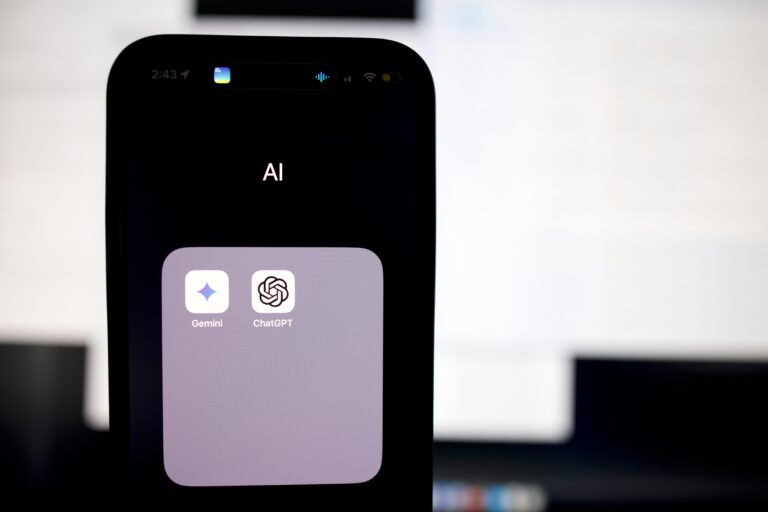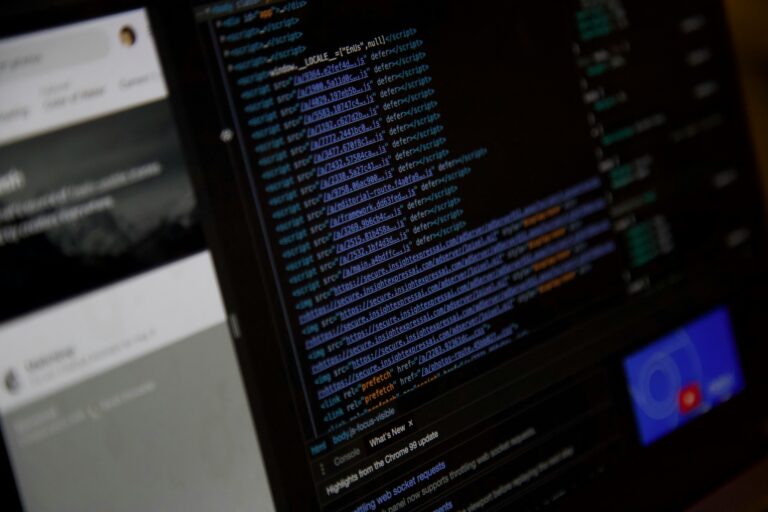A conversation with Ken Koedinger
One of the biggest names in the science of learning is Ken Koedinger. He is a professor of Human Computer Interaction
and Psychology at Carnegie Mellon University. His research focus is on understanding human learning, and he is the
author of more than 250 peer-reviewed articles and project investigator on over 45 grants. He also co-founded Carnegie Learning, bringing cognitive tutor-based courses to literally
millions of students.
I spoke with Koedinger not long ago at Carnegie Mellon, and I included some video clips of the
conversation below.
Learning without noticing. Koedinger argued that it’s hard to be aware of learning. “So much
learning happens underneath the surface that we’re not consciously aware of,” Koedinger told me. For example, when
learning your first language, he says, you don’t consciously know how the word “the” works, you just pick up on
that, because our brains are very powerful and skilled at “soaking up patterns.”
Metacognition. Koedinger and I also discussed how novice learners aren’t very
good at monitoring their learning. He pointed out a study where he formulated algebraic expressions based on word
problems, to try and find out why so many students had difficulties with story problems. His assumption that the
break was in the word problem itself; that the word problem caused confusion over the “math” part of the problem.
As Koedinger and his colleagues discovered, though, the real problem was with the students’ understanding of
algebraic vocabulary, and that more students had issues with the mathematical expressions than the word problems.
As Koedinger argued, if we go into a teaching situation assuming that our students are having a problem with x, but
really it’s y, we miss a critical opportunity.
Monitoring. Koedinger also argued that the ability to
understand when we are actually learning, e.g. monitoring our progress, is a key aspect of unlocking conscious
learning processes. According to Koedinger, this meta-cognition, or thinking about learning, can help a “student get
better at seeing whether they’re really comprehending something.”
In explaining, a student, for example, explains
what they just read, and how it connects to the prior sentence or to the prior step of a mathematical problem.
Predicting is similar, in that the student or teacher asks the student what is going to happen next, based on the
knowledge or steps taken previously. As Ken explains about predictions,
Making predictions is “nice because you can
essentially get feedback by students being able to naturally create their own interactive feedback where they’re
being active”
Feedback. “The key element of interactive instruction is the notion of feedback but
there are lots of different ways of giving feedback,” Koedinger said. We all need to know how we are progressing, be
it self-analysis, or feedback from an “expert” or other authority.
A common scenario is where the students turn in
an assignment, the teacher grades that assignment outside of class time, and returns the students’ work the next
day, or even a few days later. This type of delayed feedback is ineffective, argues Koedinger. “That’s just too
long. Students aren’t even in the mind frame, anymore.”
On the other hand, it’s important to give “students space to
self-correct, and that can be powerful. Sometimes feedback can be a little too immediate.” For example, if we “jump
in” immediately once an error has been made, and students don’t get to see and experience the ramifications of that
error, they won’t learn as much. Koedinger maintains that, in general, it’s better to err on the side of immediacy.
“Struggle can be good. But, successful struggle is what’s best.”
–Ulrich Boser Image source:
Image source: HCII



